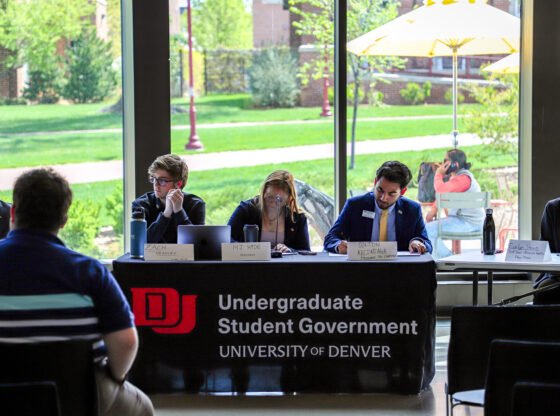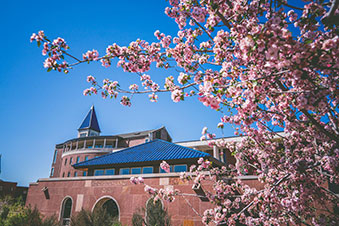David Keenan // Contributing Writer
Asbestos is a naturally occurring fibrous silicate material, mined from the ground. Before 1980, asbestos was a commonly used material for insulating buildings and homes. However, even though it was a widely used material, it was later found to be extremely dangerous for the people living in the home. As asbestos deteriorates, it crumbles into small, invisible, fibers that are toxic for humans to breathe in. Daily exposure to asbestos can cause serious conditions such as mesothelioma and lung cancer. Roughly 50,000 people die every year as a result of asbestos.
Recently, the Korbel School of International Studies building has undergone asbestos abatement. According to Alana Phanichpatom, Associate Dean of Korbel, “it is currently being abated in Cherrington, the older part of the building.” The asbestos in this building, thankfully, was never a threat to the students or faculty who attended there. According to Phanichpatom, the asbestos “was encapsulated years ago, by a spray to make it stick to whatever it’s on.”
This spray prevents the asbestos from deteriorating into dangerous fibers, which pose a threat to anyone in the area. Phanichpatom also stated, that as an extra precaution for the two rooms under the asbestos, a lower ceiling was built, acting as a barrier if any asbestos happened to become airborne.
Because of these precautions put in place, anyone in that area was perfectly safe from any threat of asbestos.
Over the summer, government licensed professionals began abating the second and third floors of that side of the building, and are now working on the first floor. On the first floor of Korbel, there are blocked off containment areas. These areas are not where asbestos is being abated but barriers, stopping students or faculty going into them. According to Phanichpatom, students or faculty, “would have to get through three to four levels of these blocked off sections, to actually get into the abatement area.”
Once this building is abated, students and faculty will be able to enjoy a commons area located in that area.











